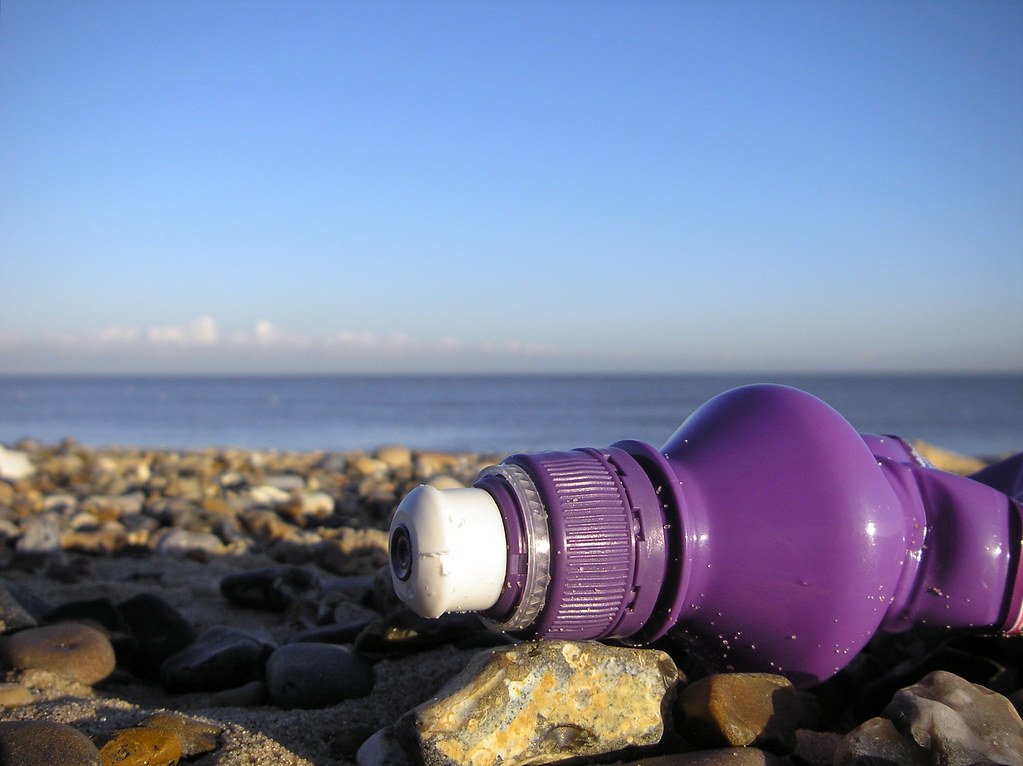
It is becoming ever more starkly apparent that human activity and over-exploitation is having a disastrous effect on species and habitats in the marine environment. Pollution, particularly by plastics, over-exploitation of fishing grounds and climate change are producing a lethal cocktail of habitat degradation and loss of biodiversity – at sea as well as on land. Marine Protected Areas (MPAs) have been set up to combat such decline and by 2019 25 per cent of UK seas were covered by one or other of a confusing variety of such protected designations.
Given this context, it is important to understand how the threats to the marine environment are arising. One such threat is pollution by litter, as has been highlighted recently by growing awareness of the impact of plastics and the fact that an estimated 70% of litter found on beaches is now plastic.
A group of environmental scientists based at Exeter University have used the 25-year dataset produced by the UK Marine Conservation Society’s annual beach cleans from 1994 to 2018 to study the type of anthropogenic litter – that created by human activity – that are found in MPAs. They discovered that the source of 40 per cent of the litter was not identifiable. Of the rest, however, over half (56 per cent) came from the public, with a fifth from fishing activity, a tenth from sewage and a twentieth from shipping. Over two thirds (68 per cent) of the litter collected over this period was plastic. Incidentally, they also found that beaches bordering MPAs were just as litter-strewn as were beaches outside MPAs, suggesting that such designations have done little to control this problem.
Of interest to those of us in Cornwall, six of the ten MPAs with the highest amount of litter per person collecting were found in MPAs in the ‘South West’. In fact, most of these MPAs were in Cornwall. The most polluted beaches included those at Land’s End, Mount’s Bay, Padstow Bay and Newquay & the Gannel. Only the Thames estuary had a higher level of litter.
Density of plastic litter
The authors suggest some possible reasons behind higher amounts of litter, including a heavier concentration of fishing, proximity to the English Channel shipping route, the presence of cities and river estuaries, and tourism. However, given that regions in south-east England would appear to have more cities and be even closer to shipping routes, it looks as if the main factor for Cornish beaches must be the number of people, both locals and tourists, who visit and discard their litter there.
In each category of source, whether from the public, from fishing or other, Cornish beaches were among the most polluted. This was particularly the case for litter from fishing activity, which is probably to be expected. Cornish MPAs also had the highest frequency of plastic items, with MPAs at Mount’s Bay, Land’s End, Padstow Bay, Hartland to Tintagel, Newquay & the Gannel, and the Lizard Point all featuring in the top ten.
The article’s authors convincingly argue that citizen-science can be a useful way of generating data and increasing understanding. They also propose some remedial action. This includes more investment in waste management, greater education, and deposit return schemes for single-use plastic bottles. Given the scale of the problem however, more radical solutions should surely be on the table and up for discussion. When are we going to be invited to rethink an economic system based on private profit and greed at the expense of the natural environment, for example?
Moreover, this article carries disturbing implications for the impact of population growth and over-tourism on Cornwall and the direction of current central and local state strategies. These need also to be opened up for public debate.
(This piece originally appeared on Bernard Deacon’s blog, Cornish studies sources. The study by Exeter University scientists, ‘Investigating the distribution and regional occurrence of anthropogenic litter in English marine protected areas using 25 years of citizen-science beach clean data’, can be read here.)





